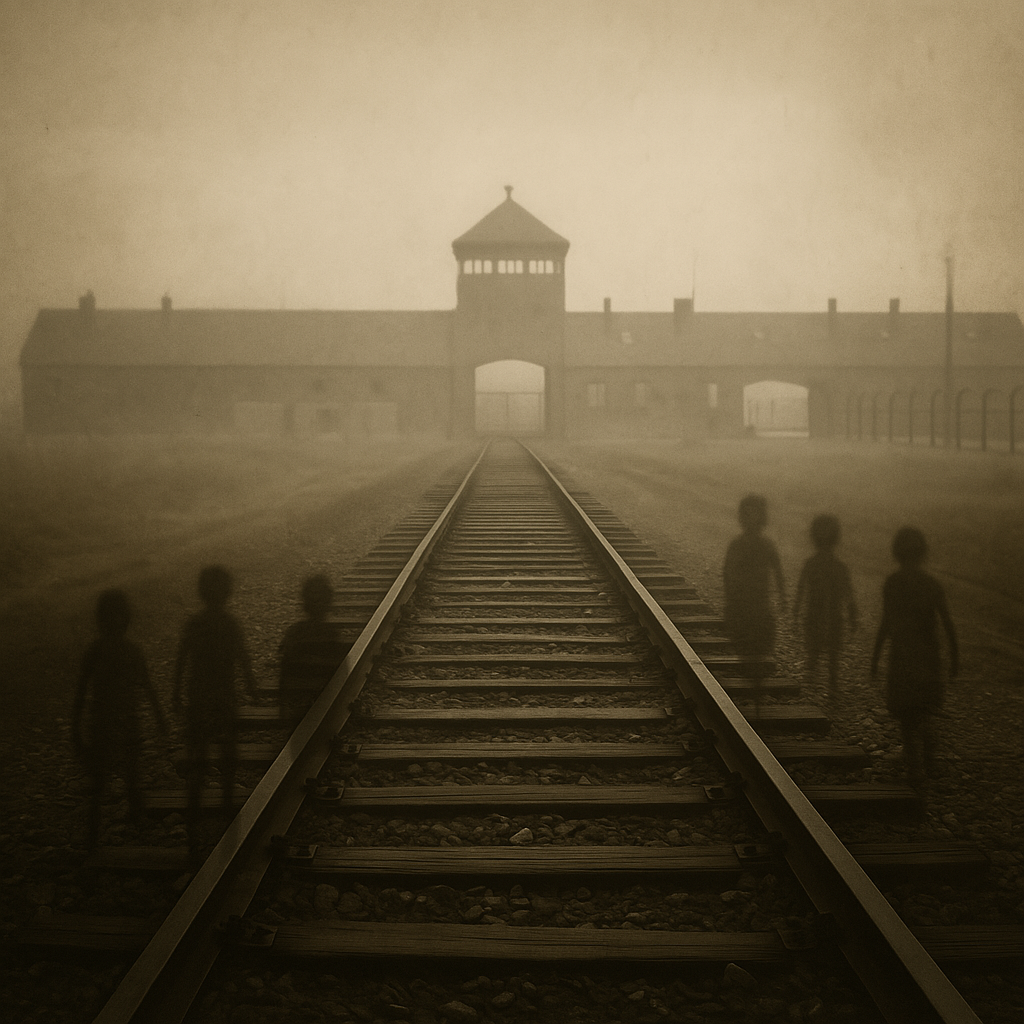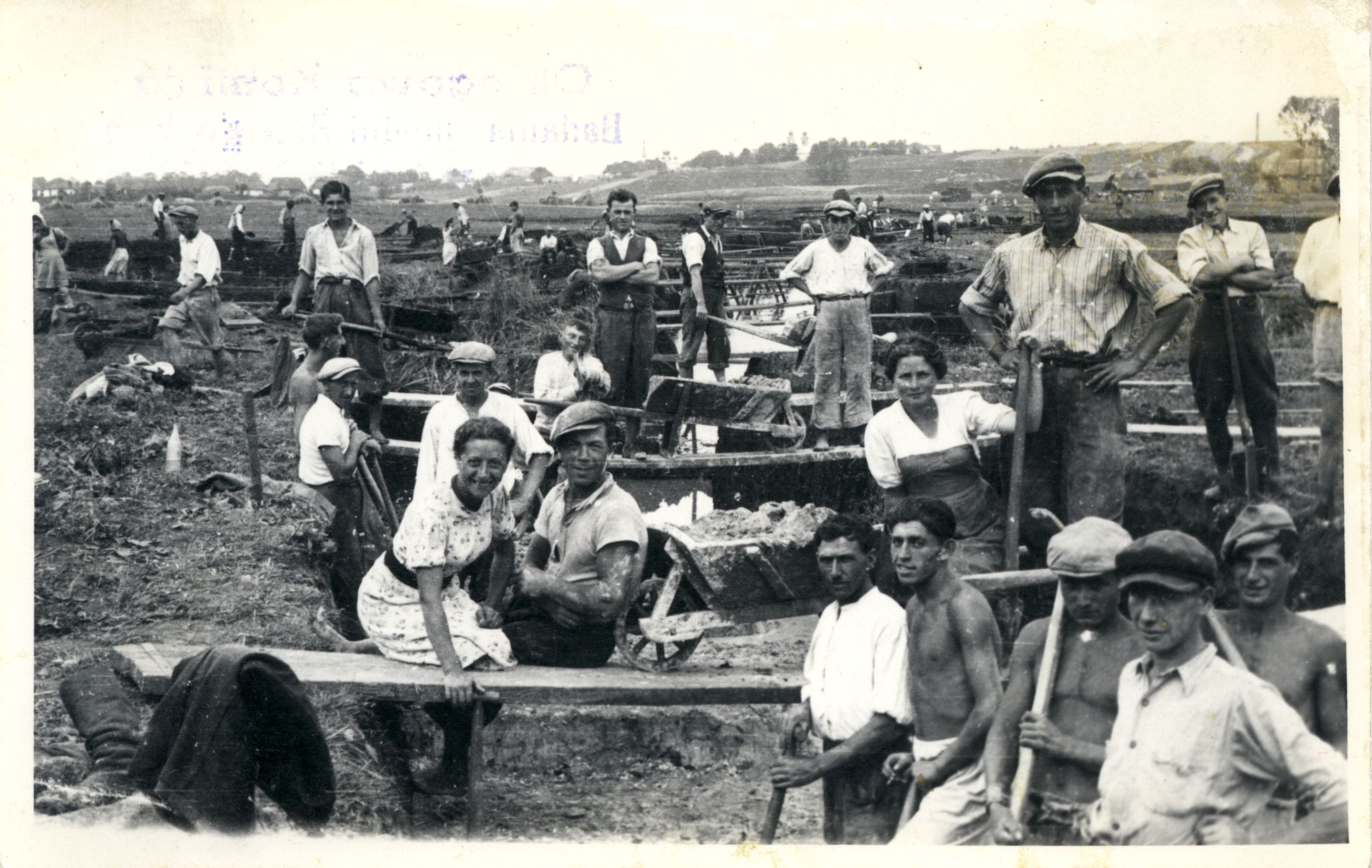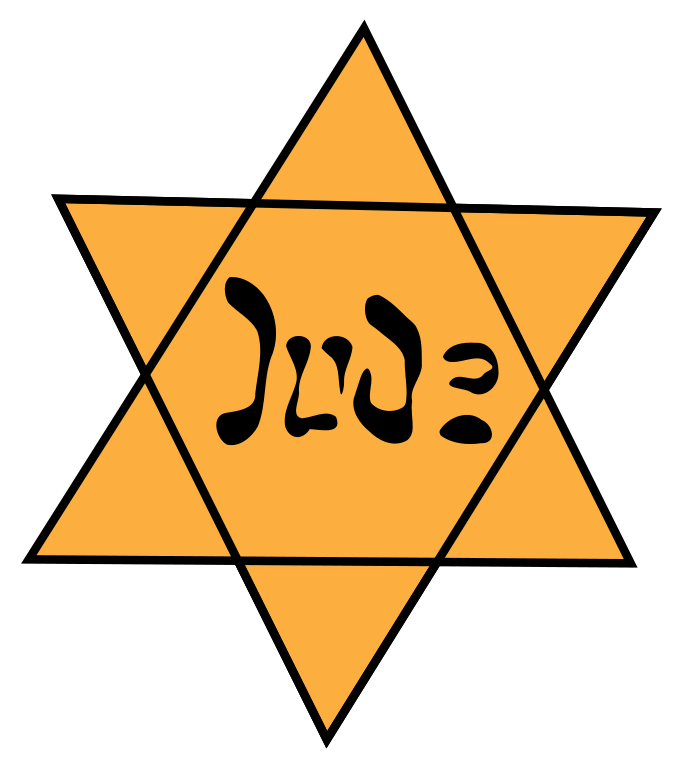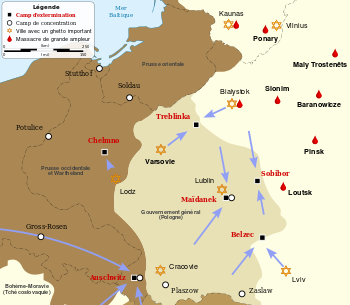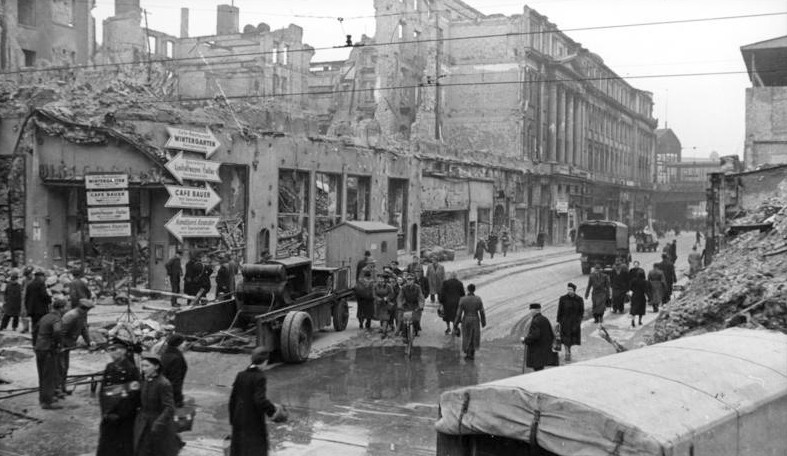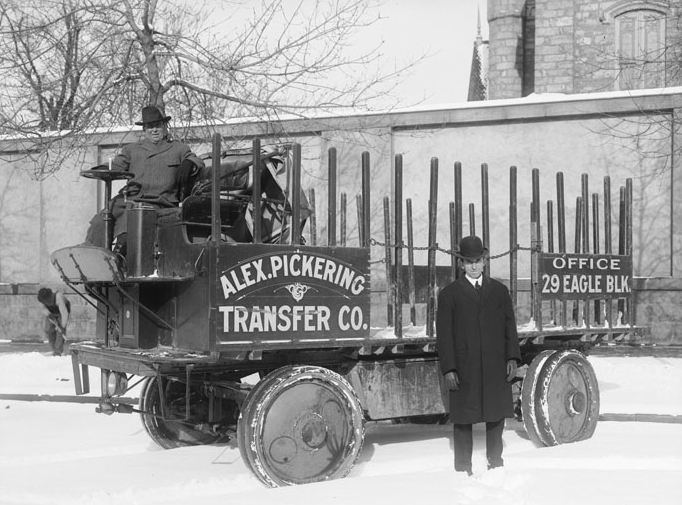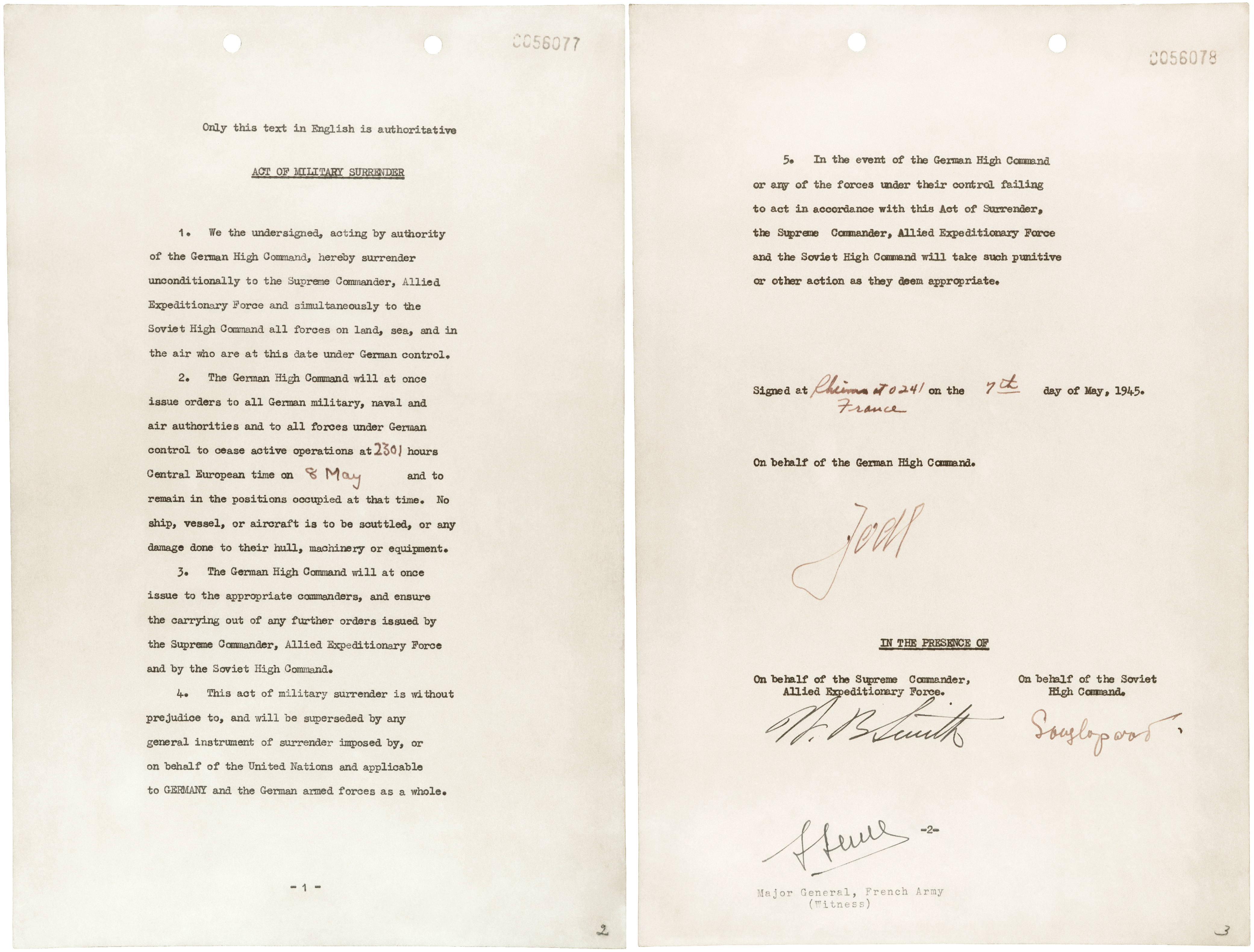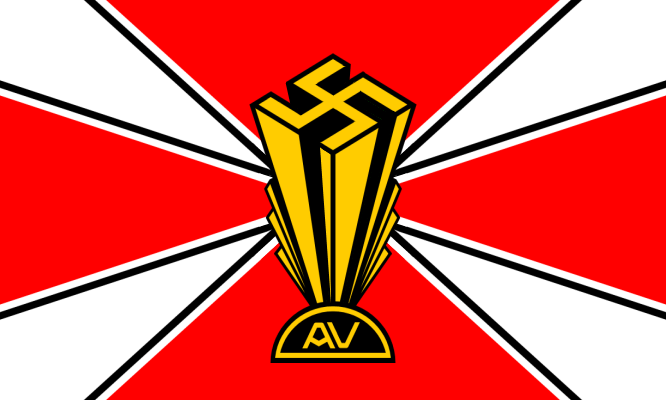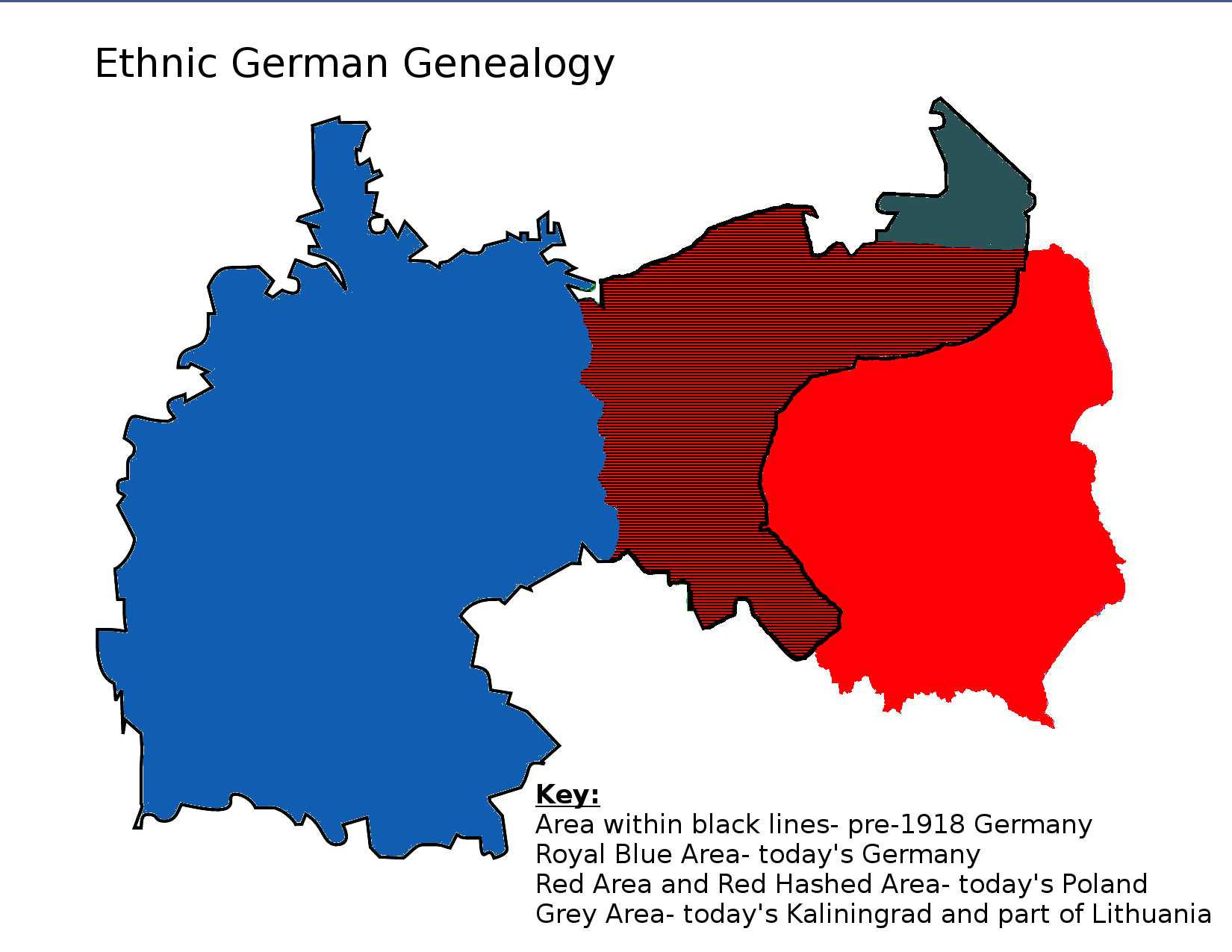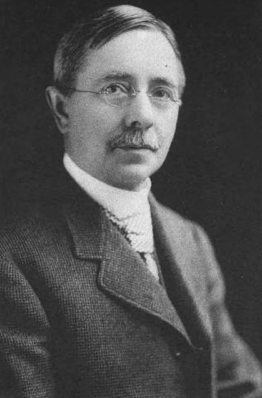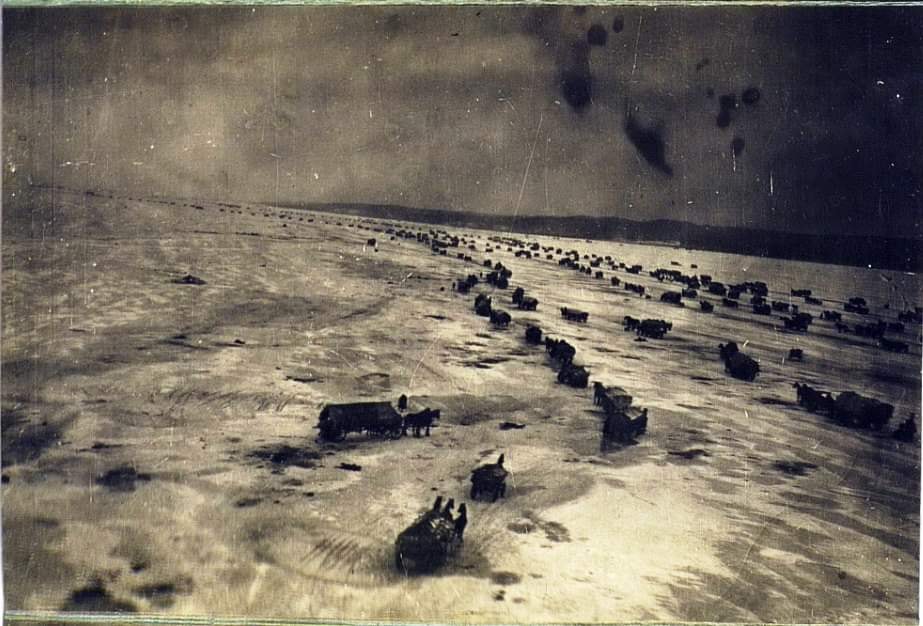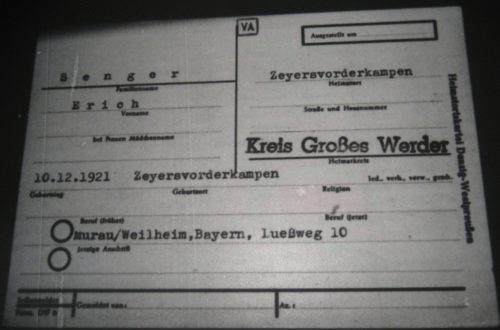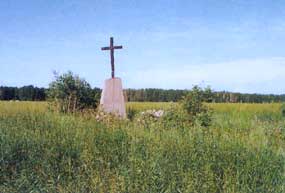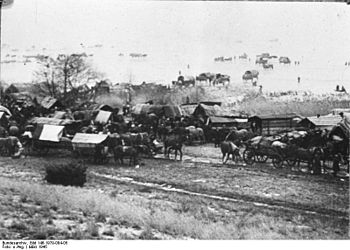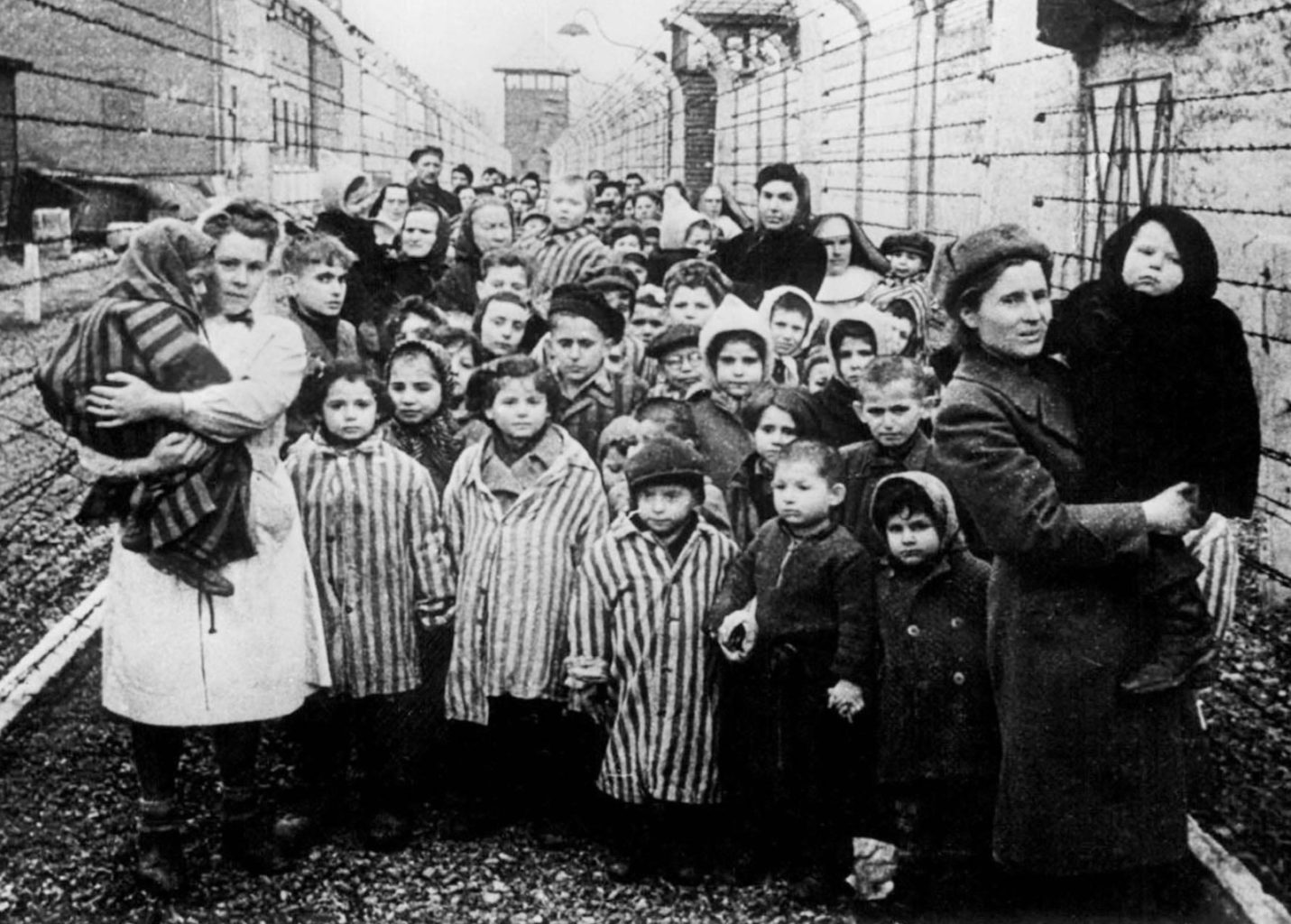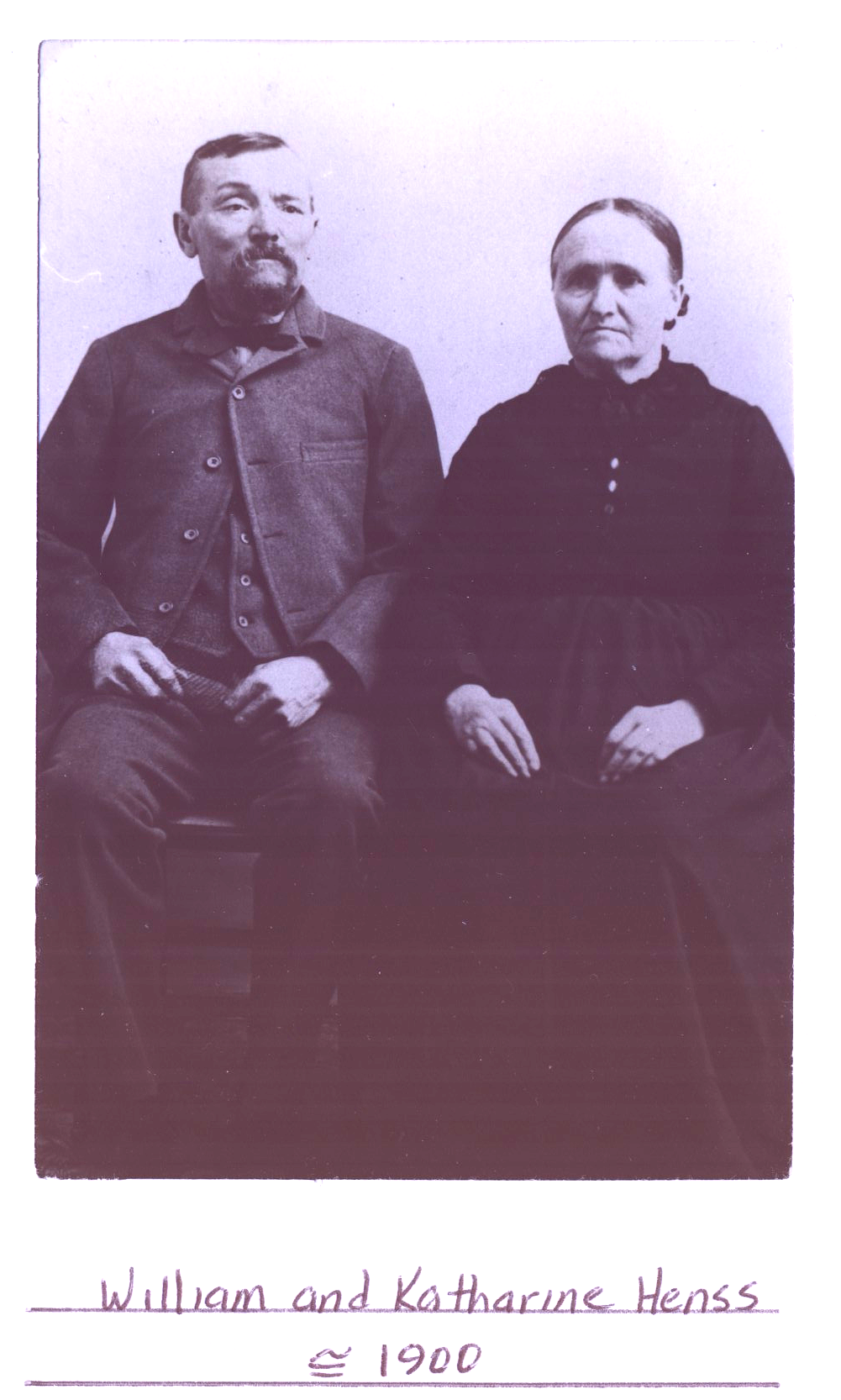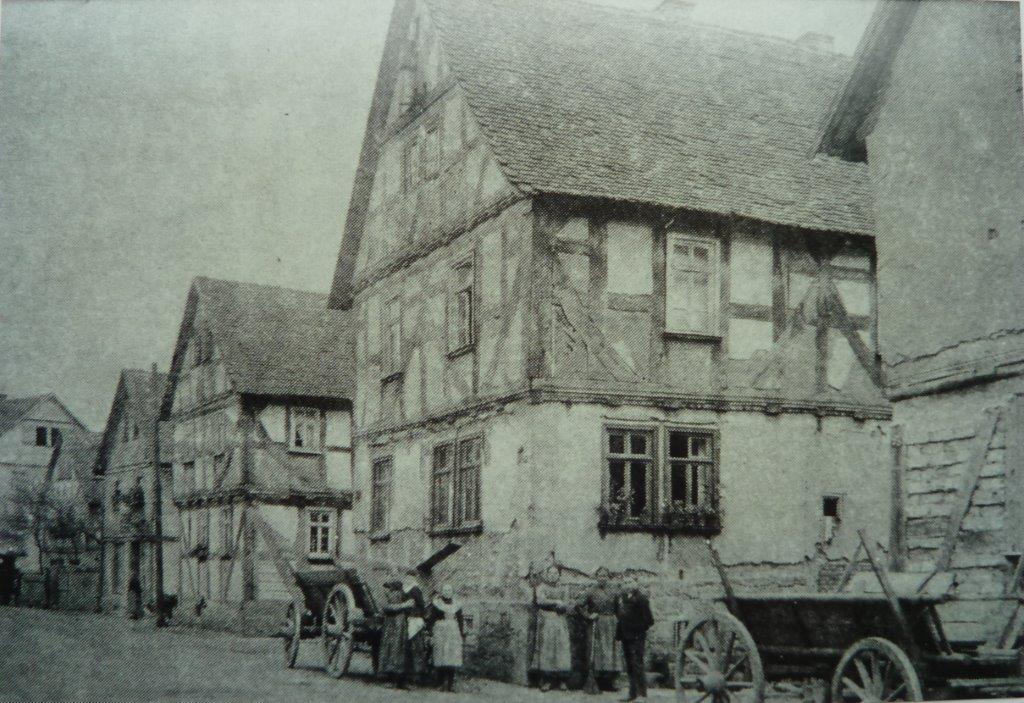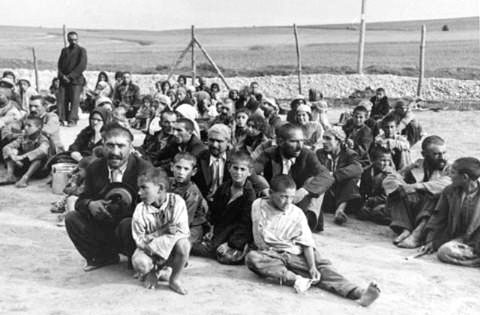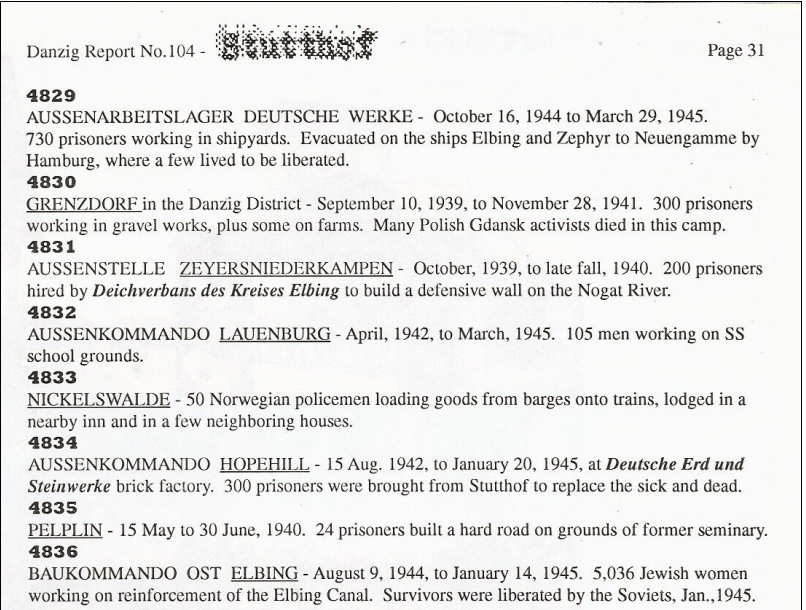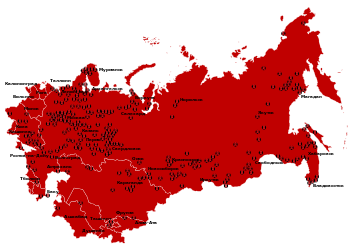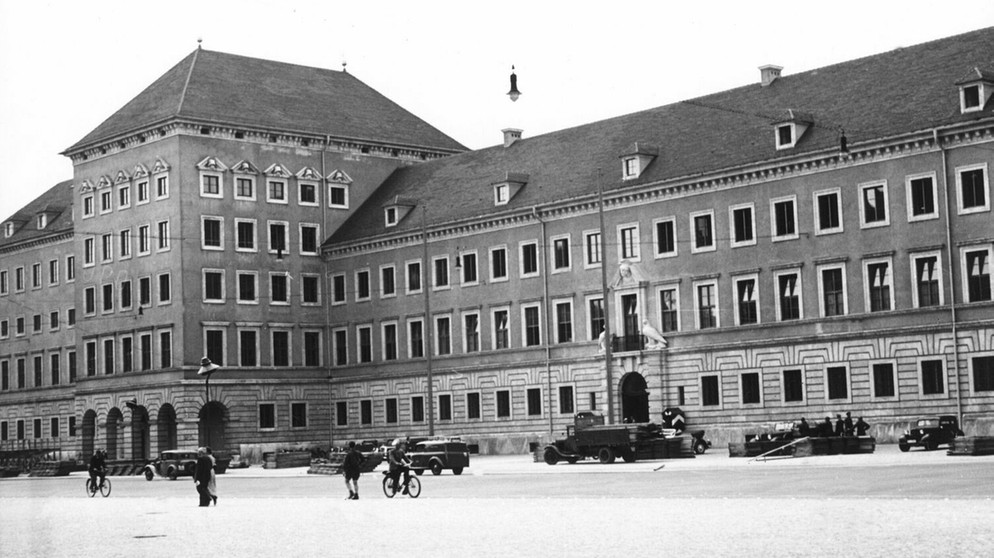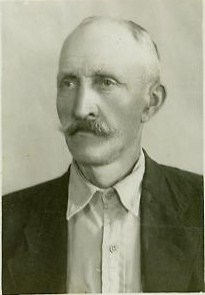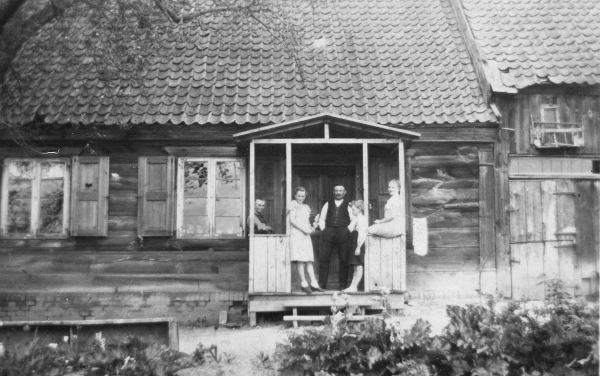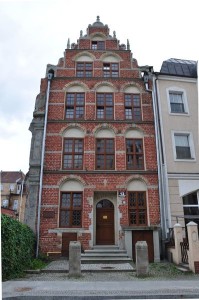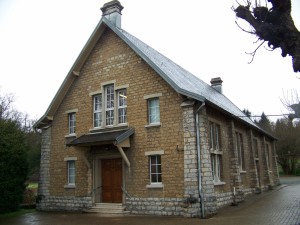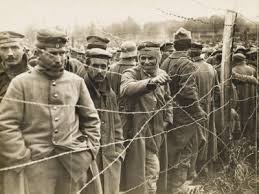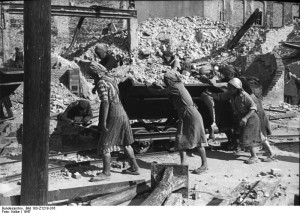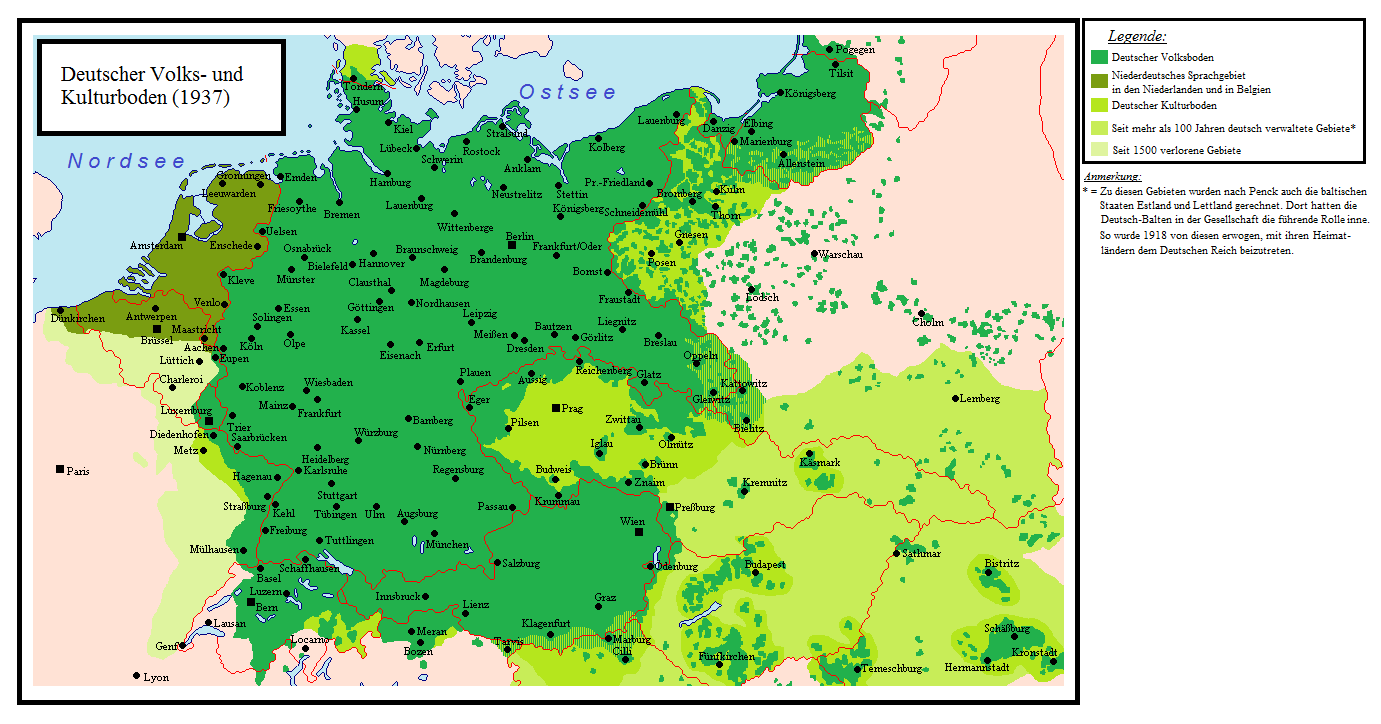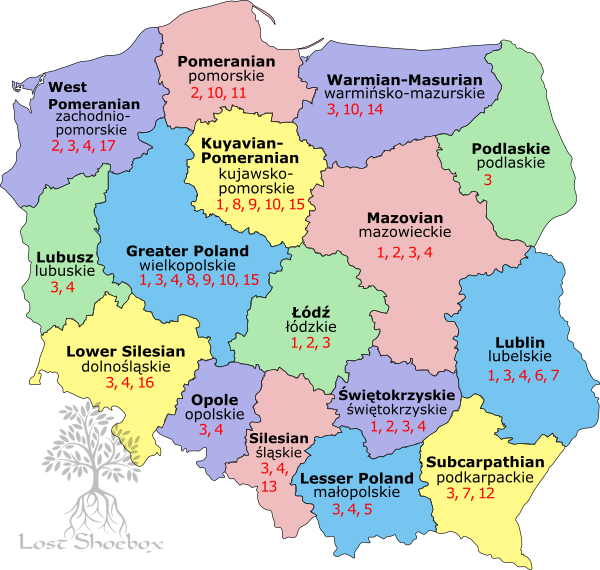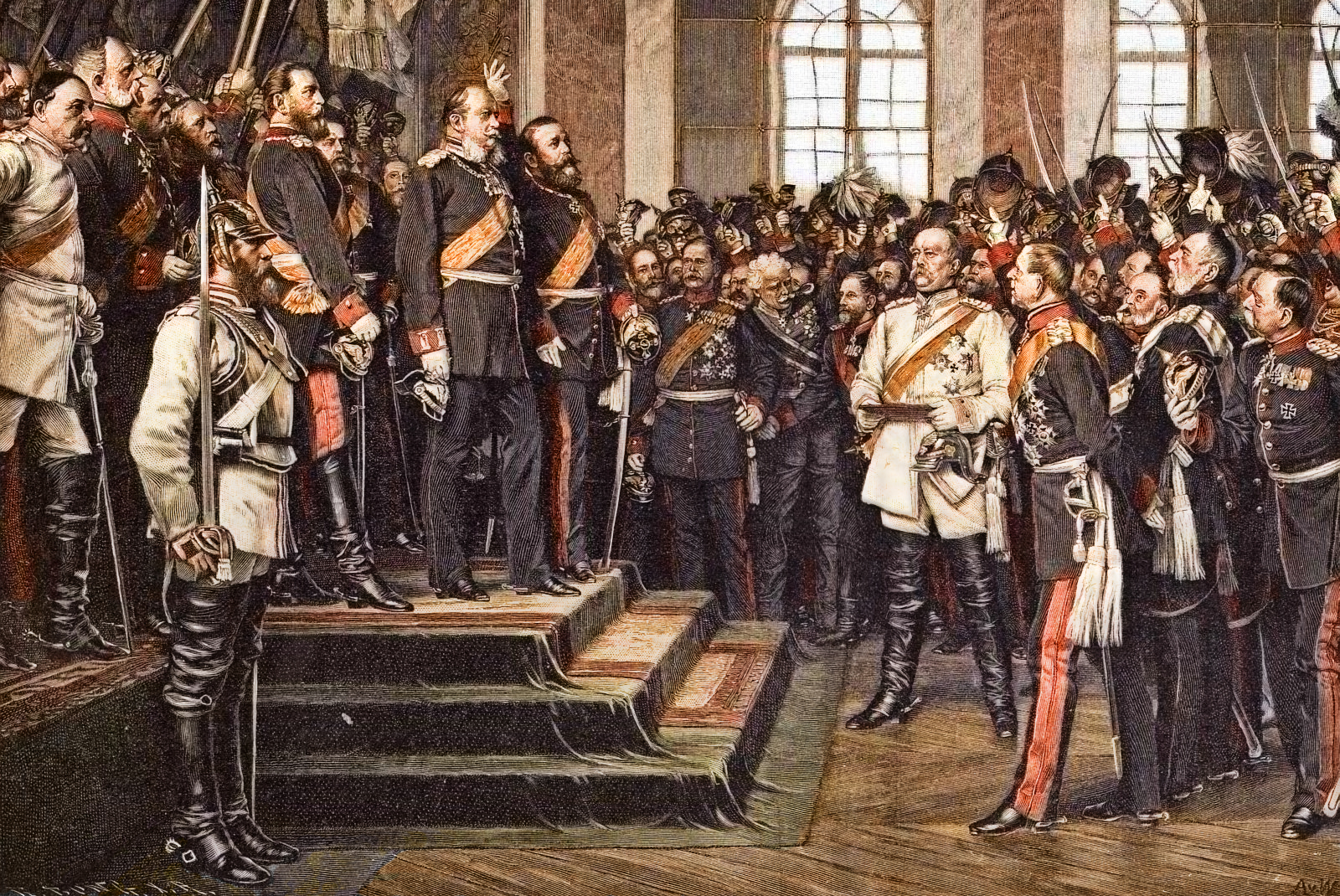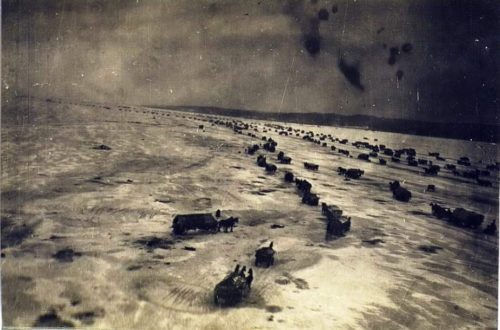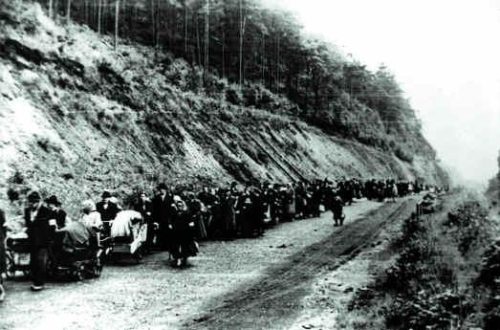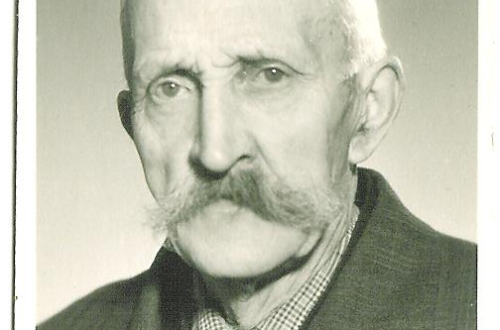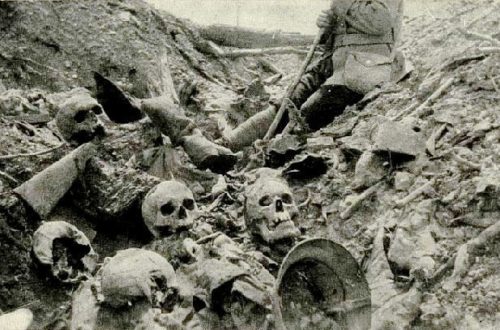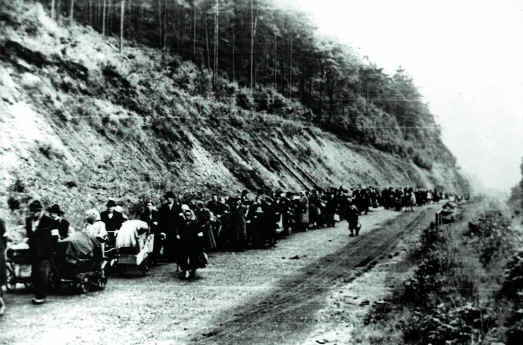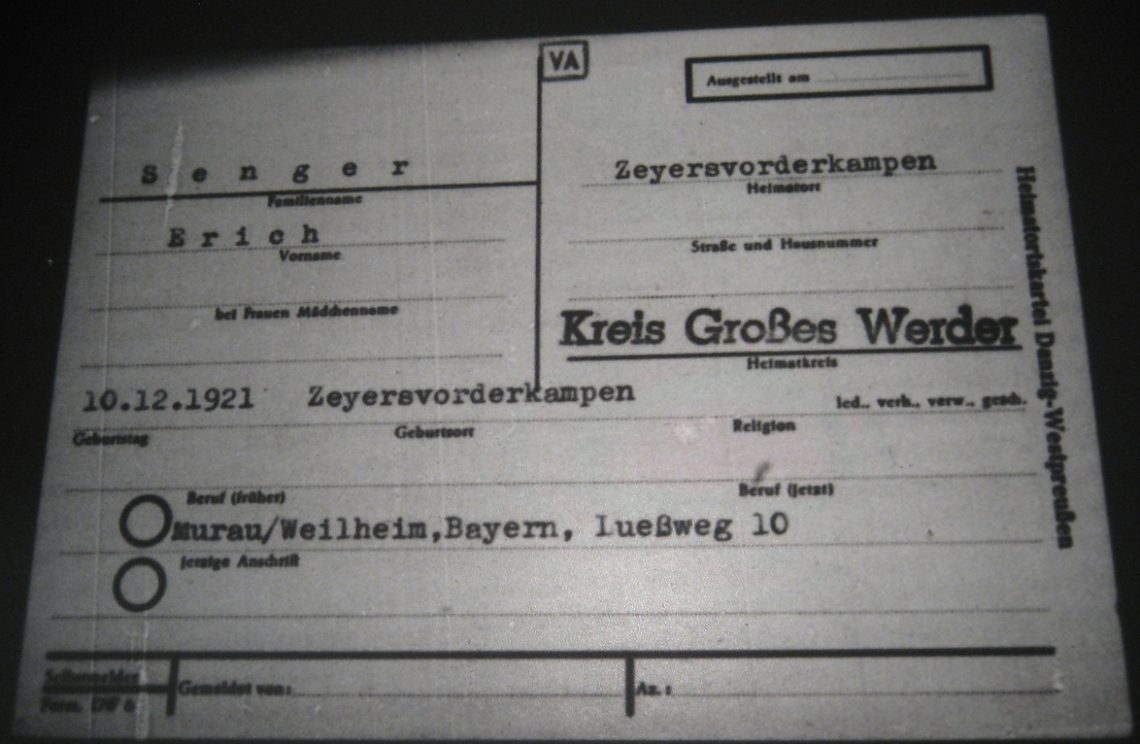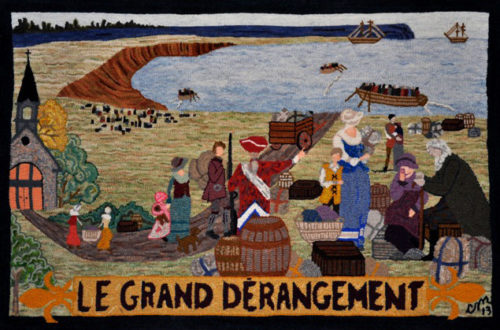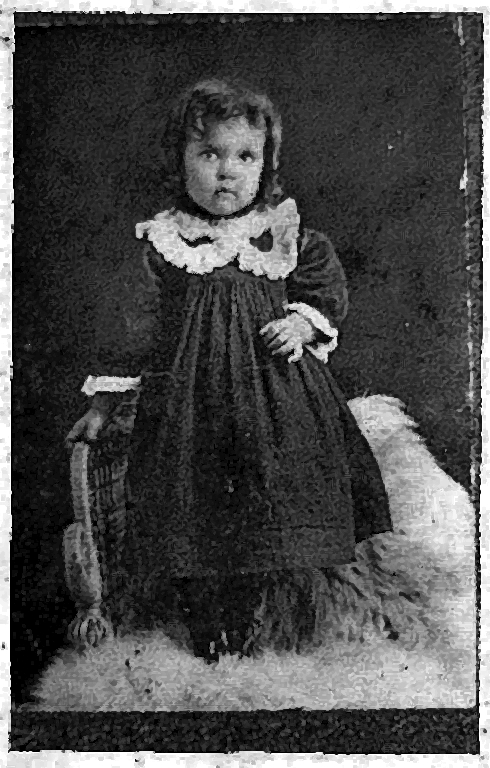WW2
-
This Is Not a Misstatement. It’s Moral Collapse.
I never, never imagined that grandfathers of Jewish children—figures like [redacted] and Benjamin Netanyahu—would dare to entertain, let alone allow, such words to be spoken in their presence. [redacted], while standing alongside Israeli Prime Minister Benjamin Netanyahu, invoked the Holocaust to draw a grotesque analogy. Speaking of hostages held by Hamas, he asked whether they had received any signs of “love” from their captors—then suggested that Jews in Nazi camps had sometimes received extra food or acts of compassion from their guards. I am incensed. This is not a gaffe. This is not a quirk of language. This is Holocaust distortion. Let us dispense with euphemism: the Nazis engineered a…
-
Geopolitical and Socioeconomic Parallels Between 2025 and 1937
A Global Historical Crossroads Introduction The geopolitical and socioeconomic landscapes of 2025 bear striking similarities to those of 1937, a period marked by economic instability, aggressive expansionist policies, and ideological extremism. The years leading to World War II were defined by rising authoritarianism, economic contraction due to policy missteps, and the failure of international institutions to curb escalating tensions. Today, despite the presence of modern global institutions and economic safeguards, the echoes of 1937 remain potent. While Western narratives often frame this comparison through a Eurocentric lens, Asia’s historical and contemporary experiences reveal equally critical insights. From anti-colonial struggles in the 1930s to today’s U.S.-China rivalry, Asia has been both…
-
WW2 American Nazism
German American Federation/Bund Quoting the US National Archives: “The German American Bund was an unincorporated voluntary national association established on March 29, 1936, to spread the philosophy of National Socialism and to carry out Adolph Hitler’s program insofar as it affected the United States. The leadership of the Bund attempted to meld Nazi racial theories with American patriotic values. Headquartered in New York, the Bund was a nationwide organization having three departments and approximately seventy local chapters throughout the United States, as well as numerous organizations which were directly or indirectly affiliated with it.” The FBI investigated the Bund’s relationship to the Nazi Party of Germany. The FBI records release…
-
Soviet Aerial Attacks (2 partial Reports)
The content and material for this post came to my possession via a recommendation of a very good Polish friend who lives in Elbląg, Polska (formerly Elbing, Westpreußen). The Soviet military text was generously translated by Irina Yanushkevich (retired Linguistics Professor and ManyRoads partner). The original source material was sourced and posted on facebook by Szymon Gieryga. English translation of the two Soviet documents (contained in the above folder). Frisches Haff Flucht-Report-1 (English Translation) 3) ACTIONS TAKEN AGAINST THE ENEMY TROOPS RETREATING ALONG ICY ROADS ACROSS THE BAY OF FRISCHES HAFFOn the 18th the division was to perform a special task: to destroy the enemy troops retreating along the spit…
-
Shoah – Holocaust Free Research Help
Revision Date(s): 26 June 2024 17 January 2025 31 January 2025 8 February 2025 11 February 2025 Scope In an effort to build a tutorial on researching the Holocaust era, I have included pointers to the information provided by me (on ManyRoads) to help you find your way through the confusion created as the legacy of this catastrophic historical period. I, also, share an anecdote or two on some of the experiences I have encountered. Finally, I will provide links, site synopses, and set research expectations. Listen to this article’s “Life in the Past Lane” Podcast! Podcast Show Notes: Holocaust Tutorial Notes.pdf 206 KB To begin let me say… Holocaust…
-
Victims of National Socialism
ManyRoads’ recent client work has resulted in the identification of Information Resources on the victims of National Socialism (Nazism), 1938- 1945. These resources include information and data on those people(s) persecuted on political grounds; on grounds of religion, nationality, sexual orientation; for their physical or mental handicap; for accusations of so-called asociality; those who otherwise fell victim to Nazi injustice; or left their homeland to escape persecution. These sites include information on Sinti and Roma (Gypsies), Intellectuals, Homosexuals, Catholics, political opponents, and, of course, Jews. If you have other links you would like us to share, please use our contact page to notify us. The links on this page encompass some…
-
GULAG
Many families, like mine, were victims of the Soviet GULAG system. My oma (maternal grand mother) spent more than two years in a Central Asian Gulag from 1945 to 1947. You may read her story in an earlier post on ManyRoads: Frieda Senger- Post WW2 Gulag. To celebrate 70 years since her release, I have gathered and provide the following listing of GULAG related Internet sites: Gulags (Links) Should you be aware of additional Internet GULAG resources, please contact me with requisite ‘link information’.
-
Luise Senger WW2 and after
Now that my mother is no longer with us, I think it is safe to share her WW2 and post-WW2 military career(s). This written remembrance of Luise Senger’s Military Service was related to Mark Rabideau by Luise (Senger) Rabideau in December of 2005 and was approved by her for publication in our family history after her death. Luise Senger was a Lieutenant in the Deutsche Luftwaffe during WWII. (This is extraordinarily rare as there are essentially “no records” of female officers in the WW2 Deutsche Luftwaffe.) She served in Berlin, Bromberg, Munich as well as other German Air Force bases. On January 14, 1945, she departed Fliegerhorst Bromberg and was…
-
The beginning of World War 2- Beginn Zweiter Weltkrieg
Adolf Hitler: Reichstagsrede mit Kriegserklärung an Polen vom 01.09.1939 Abgeordnete! Männer des deutschen Reichstages! The recording of Hitler’s address is below. Note: Adolf Hitler is first introduced and begins speaking about 55 seconds into the recording. Seit Monaten leiden wir alle unter der Qual eines Problems, das uns auch der Versailler Vertrag, d.h. das Versailler Diktat, einst beschert hat, eines Problems, das in seiner Ausartung und Entartung für uns unerträglich geworden war. Danzig war und ist eine deutsche Stadt.Der Korridor war und ist deutsch. Alle diese Gebiete verdanken ihre kulturelle Erschliessung ausschliesslich dem deutschen Volke. Ohne das deutsche Volk würde in all diesen Östlichen Gebieten tiefste Barbarei herrschen. Danzig wurde…
-
Mennonites, Zeyer, and the Holocaust
Sometimes genealogy research leads to unexpected places. It can dash assumptions and destroy illusions; such was the result of my casual search for information and photographs from the ‘former’ area of Zeyer in Kreis Elbing. I had hoped to find photos of churches and hidden information about the community; instead I uncovered something more ominous and disturbing. Perhaps like many of you, I had always assumed that Mennonites did their best to avoid military service as well as political involvement in more ‘earthly’ pursuits. I had assumed Mennonites were people of peace. I even have their pages labelled as such here on ManyRoads. But, I was wrong. The first revelation…
-
Shoah Research (Holocaust) Resources
For those conducting Shoah (Holocaust) research, you know how difficult good resources and information are to find. Recently I came across a number of ‘less well-known’ (to me) web sites that offer a wealth of source and context information. Hopefully, these links will be of some use in your research efforts. Nazi holocaust documents found: 6,300 files discovered behind wall of Budapest apartment Many educators appreciate the value of using primary source materials in the classroom. The documents selected for this section provide many possibilities for classroom discussion or student activities. The Virginia Holocaust Museum BYU Harold B. Lee Library Shoah (Holocaust) Selected Digitized Documents Related to the Holocaust and…
-
Shoah Research- Getting Started
Are you embarking on Shoah (Holocaust) research? Would you like a little coaching in this area of research? Although I can hardly claim to be a Shoah research expert, I am more than willing to share what I have learned. By way of providing some background, for the past nine months, or so, I have been helping folks attempt to unearth the stories behind their Jewish roots in Poland and Germany, trying to discover ‘lost’ family records, and more. It has been quite the adventure. Needless to say, the Shoah is an area of emotion, sadness, mystery, frustration, intrigue, and much more. I thought that perhaps others might benefit…
-
Why are so many records missing?
Why is it so hard to find genealogy information in the areas of Prussia, Poland, and Germany? Where did all the information go? Was the information moved to some safe place? I hear this type of question and discussion often. The answers to those questions are actually quite simple and brief; although achieving an appreciation and understanding of their response is often somewhat more elusive. Question: Where did all the information go? Answer: Much was destroyed or lost, never to be recovered. Question: Was the information moved to some safe place? Answer: The truth is there were few, if any safe places. Early ‘on the eve of destruction‘, many ‘crucial’ records/documents…
-
70 years on…
As everyone most certainly knows, this year is 2015. 7 May 2015 marks the official surrender date of German forces, some 70 years ago.For those who focus on 1945 as the end of WW2 in Europe, it was. Sadly, 1945 was not just an ending; it was also the beginning of the total destruction and removal of a ~600 year old way of life, a culture, and the homeland for millions of Eastern Germans. In the years following 1945, some 12 to 14 million people were forcibly removed from their homes and expelled from the recently surrendered German Eastern provinces. To place these events into a reasonably balanced historical context,…
-
Grete geb. Roschkowski & Hannelore geb. Petroschka- Remembrances of Elbing
Hannelore Petroschka and Grete geb. Roschkowski were among the tens of thousands of Germans forcibly removed from their home by the German Expulsion – “Ethnic Cleansing” of Elbing/Elblag following World War 2. In March of 2013, I was contacted by Hannelore’s grand-daughter who wrote: My Grandmother Hannelore was born in Elbing [West Prussia] in 1923 to Julius Petroschka and Grete Roschkowski (whose family owned a furniture factory in Elbing). After my grandmother died a lot of her belongings were lost but we have recently discovered a box of photographs which included a lot of post cards from Elbing and the surrounding areas. It seems my great grandmother purchased them before…
-
Die Wedhorn Vertreibung (Expulsion)
Note: This account is the product of numerous discussions, interviews and writings between Frieda geboren Wedhorn, her son Norbert Grohmann, and Mark Rabideau. Every effort has been made to remain true to the intent, content and events of this life altering time. During the days preceding Frieda geboren Wedhorn’s capture and deportation by the Soviets, heavy fighting began in and around the Wedhorn family home in Orlofferfelde, Westpreußen. During this time, around March 1945, Soviet Red Army soldiers came to the Wedhorn farmhouse, took possession and refuge within it and while there they attacked and raped Frieda (geboren Wedhorn). Shortly after the rape, the Soviet soldiers were forced to leave…
-
Heimatortskartei gets personal
Almost all ManyRoads readers know that my mother’s family was among those expelled by the allies from the the former German Eastern province of West Prussia following World War 2. Today, I had the great honor to read and view the Heimatortskartei records of my relatives and their friends/ neighbors. I have placed the images I found on line and will update this image library as I find more documents. For those interested, here are the images I managed to obtain.
-
Danzig- Westpreussen (West Prussia) Heimatortskartei
For those wishing to gain access to photographic images of the actual Heimatortskartei from the towns, cities & villages which were near what used to be Danzig in West Prussia, they are available on FamilySearch. (LINK to Danziger Gebiet (Area ) Westpreussen (West Prussia) Heimatortskartei). These represent images of a civil register (handwritten and printed works) of refugees from the former province of Danzig-Westpreußen, Germany, now Gdańsk and Bydgoszcz provinces in Poland. For those of us whose families were expelled from their homes by the allies after World War 2, this represents a set of documentation that could contain the handwriting of ‘our’ family members, from that place and time.…
-
German Expulsions & the Diaspora
While doing some research for an email response, I came across a body of work related to Die Vertreibung (The Expulsion). These papers are presented on the website of Dr. Stefan Wolff. Stefan Wolff is Professor of International Security at the University of Birmingham, England, UK. A political scientist by background, he specialises in the management of contemporary international security challenges, especially in the prevention, management and settlement of ethnic conflicts and in post-conflict stabilisation and state-building in deeply divided and war-torn societies. Stefan Wolff, “Stefan Wolff,” political research, academic, Stefan Wolff, n.d., http://www.stefanwolff.com/. Ethnic Germans in Poland and the Czech Republic: A Comparative Evaluation Co-authored with Karl Cordell and…
-
Worse than War
In keeping with our emphasis on die Vertreibung and Ethnic Cleansing, we recommend you either view Daniel Jonah Goldhagen’s documentary “Worse Than War” or read his book of the same title. To quote Dr. Goldhagen: (source website- disappeared) I hope that you choose to have a look at it. Whether or not you end up agreeing with every conclusion and proposal in Worse Than War, the [documentary] offers a plethora of new information and perspectives not just on genocide or eliminationism but on critical aspects of humanity and modernity, society and politics. I hope to rouse your intellect and conscience, even if I at the same time challenge your views…
-
Flucht aus Polen
They said, the war was over. Still, the suffering continued. They were hungry. Alone. Afraid. Father had never come home, from Stalingrad. Brother, an infant, was dead. Home was gone, given to others. Of the family, Mother and the two sisters survived. They had their fear, their lives, their uncertainty, and each other. Mutti had sent Lilli to beg a cup of food from another expelled family… (photo, Lilli, age six or seven, is in the dark coat with cup). Her face shows the the feelings of humiliation she still remembers. This poorly written piece is true. Circumstances such as Lilli’s Vertreibung can never be justified; yet, they continue. Different…
-
Frieda Senger- Cyrillic Conversion
As many of you are aware, I have been trying to decipher a Russian document that Soviets created as justification for sending my grandmother into a Gulag following WW2. To help me with my sleuthing, I have found and used the following tools: Russian letters & script Russian online keyboard Automatic Cyrillic Converter My grandmother’s document may be viewed here: Frieda Senger -Suchdienst & Soviet Records. What I did to help me in my search was to carefully look at the Cyrillic script and attempt to define each letter using the script as presented on the site at item 1 above. Once I found (or thought I found) the script…
-
Ostpreußen das Ende – East Prussia, the end
The assault on and destruction of East Prussia (1945).
-
Deutsche Musik mit Humor (sampler #2)
The songs on this page are from the early 20th Century Germany (pre-World War 2) and have intriguing titles! I’ll add more insightful songs as I find them!
-
Sudeten Vertreibung- Sudeten German Expulsion
“Töten auf Tschechisch” Zwei Tage nach Kriegsende treiben tschechische Milizen deutsche Bewohner Prags mit brutaler Gewalt aus der Stadt. Es ist der Beginn der Vertreibung fast aller Deutschen aus der Tschechoslowakei. ZDF Film. This film details the history surrounding the expulsion of Germans from Prague, the Sudetenland and Czechoslovakia. Both the NSDAP actions and crimes preceding the expulsion and the brutality with which the ultimate German expulsion were conducted by the Czech people and government after the war are detailed. Vertreibung der Deutschen aus der Tschechoslowakei Die Vertreibung von 200.000 Tschechen 1938-1939 – die Vertreibung der deutschen Bevölkerung 1945
-
Kriegsweihnacht- War Christmas
I have attempted to present videos offering the music and feeling of WW2 Christmases in Germany. It is, as you might imagine, very difficult to find films that are not extremely propaganda oriented. Those presented here are more oriented to the music and mood of the time and less towards the propaganda, which is what I seek to portray here. If you know of films and music that are available for use, please let me know where to locate them and I will add them.
-
Die Rechtlosen- Those without Rights
Flucht und Vertreibung (II): Die Rechtlosen by OstpreussenTV
-
Verlorene Heimat- Lost Homeland
Inferno in the East (Inferno im Osten)-Flight and Expulsion (Flucht und Vertreibung) von OstpreussenTV Related Links Expulsion – Vertreibung Flucht und Vertreibung (Photo Gallery)
-
Der Zerstörung Elbings… das Ende 1945
Und keine hat den Sieger begrüßt…. (and no one welcomed the victors) The destruction of Elbing (West Prussia).. the end 1945. 1945- Der Zerstoerung Elbings | The Destruction of Elbing Videos: (videos may load slowly) Images:
-
Ethnic Cleansing Discussion Groups
Recently a new Internet Expulsion (Ethnic Cleansing) Discussion Group opened its doors for business. If you are interested in learning more about, or are researching, the European Ethnic Cleansings of the 20th Century as described below, these groups may be of interest. Hopefully the discussions will remain constructive as well as informative. The European-Expellees Expellees * EUEEP * EUFV * UESE group describes itself as follows (click here to visit their site): Flight, expulsion, ethnic cleansing, banishment and exile are fates suffered by millions of Europeans in the 20th century and represent a widespread political phenomenon in the world up to this day. This group is intended to serve as…
-
NDR Flucht & Vertreibung Geschichten- Expulsion Histories
Flucht und Vertreibung Geschichten von Norddeutscher Rundfunk (NDR). German Expulsion histories broadcast and published by North German Radio (NDR). Damals in Ostpreußen: Die Geschichte einer Region Flucht und Vertreibung Flucht bei Minus 20 Grad
-
Heimatsortskartei & a true history
By the end of WW2, the destruction of Germany was nearly total. Almost every city had been leveled; the remnants of families were scattered all over Germany, Europe, North and South America. Everyone had lost family members or friends. According to Wikipedia losses in the Third Reich were: Country Population 1939 Military deaths Civilian deaths Jewish Holocaust deaths Total deaths Deaths as % of 1939 population Austria 6,653,000 261,000 58,700 65,000 384,700 5.8 Germany (within 1937 borders) 69,310,000 4,456,000 700,000 to 2,284,000 160,000 5,316,000 to 6,900,000 7.7 to 9.9 Ethnic Germans from other nations 7,292,000 601,000 200,000 to 886,000 801,000 to 1,487,000 11.0 to 20.4 Soviet citizens in the German…
-
Remembering the sorrow
What a cruel thing is war…to fill our hearts with hatred instead of love for our neighbors, and to devastate the fair face of this beautiful world. Robert E. Lee Wars are destructive. The glory of war is an illusion. Wars accomplish little more than to cause death, heartache, pain, and loss. If you have read our family history, you will know that many family members have gone to war; fewer have returned. It matters not whether their cause was victorious or even remembered; their sacrifice was total. In honor of these family members and in the hope that their sacrifices are neither repeated nor forgotten, we dedicate two ballads…
-
Gerald Deyo
Gerald Deyo was one of the first US paratroopers trained in Panama, during World War 2. After his training, he became a member of the the 503 Parachute Battalion. Ultimately he attained the position of Jumpmaster. During the war, Gerald was based in Australia and fought mostly in New Guinea. On one of his jumps into New Guinea he was wounded by the enemy with a bayonet stab to his back, as he landed. this account was related by Fred Rabideau to Mark Rabideau and Linda Ziegler
-
Clarence Deyo
Clarence Deyo spent most of World War 2 as a platoon Sargent in the Timberwolf Division fighting through France and into Germany. While in Northern France his platoon unwittingly captured a German payroll truck. After the capture, his squad got drunk and burned all the money to keep warm. Clarence’s most traumatic incident in the Second World War involved the killing of a German sniper, who had pinned down his platoon and was shot out of a tree. Upon examining the dead sniper, he discovered a pretty young French girl. That incident troubled and haunted him for the rest of his life. this account was related by Fred Rabideau to…
-
Zeyer Friedhof- 2010
Vergangenheit in aller Munde (the original source article has been removed) Die Kirche und der Friedhof in Zeyer (Gemeinde Elbing) haben den Kampf gegen die Naturgewalten verloren – den gegenmenschlichen Widerwillen und Vergessenheit aber gewonnen. Das war ein wichtiges Ereignis für das ganze Dorf. An der Stelle, wo sich einmal die evangelische Kirche und der dazu Friedhof befanden, wurde am 22. August nach sieben Jahren der Bemühungen ein Denkmal zu Ehren der dort Ruhenden errichtet. Das Denkmal entstand dank den Bemühungen des ehemaligen Einwohners von Zeyer Ewald Frost, der weitere, in Deutschland zerstreut lebende ehemalige Einwohner von Zeyer versammelte, das nötige Geld organisierte und mit Unterstützung der Gesellschaft der deutschen…
-
Protected: John Evert Johnson 1923- 1945
There is no excerpt because this is a protected post.
-
They went to war…
In addition to Luise and Erich Senger who both served in the Deutsche Luftwaffe during World War 2, numerous friends and family members of the Senger family were either inducted into or volunteered for German military service. The fortunate “souls” survived the war. Below are the photos of those we have in our collection. If you happen to know any of these individuals, please contact us. We’d love to hear from you. Click on an image to receive a larger picture, and learn a little about what we know of their fate.
-
Does anyone know Tommy?
Tommy was an English war prisoner who spent most of World War 2 working on the Senger family farm in Zeyersvorderkampen. He was first captured by German forces at Dunkirk in 1940; and, he spent more than 4 years of the war working on and about the Senger farm. As you might gather from the photo, he was a good looking young man in a town with few young men during a time of total war and mobilization. We would love to hear from him or his family.
-
Chelyabinsk ITL (Gulag)
This write-up is my effort to document the circumstances and images surrounding the Gulag complex to which Frieda Senger was assigned and interned after World War 2 by the Soviets For more information see: Frieda Senger- Post WW2 Gulag Frieda Senger -Suchdienst & Soviet Records source: Wikipedia.de English: Chelyabinsk was the location of a Soviet Gulag. Chelyabinsk ITL (Work Improvement Camp) was in existence from November 1941 until October 1951. At its height, it held 15,400 persons who were employed building a smelter used for Industrial, Highway, Civil and Residential construction, as well as in open-cast mining. Additionally there was a Prisoner of War Camp #68 for German POWs in…
-
Expulsion of German Nationals from Neissbach
Contributed by Researcher 230112 People in story: Thomas Fischer Location of story: Neissbach, Grafschaft Glatz Article ID: A1070371 Contributed on: 06 June 2003
-
Expulsion Summary
source document link The results During the period of 1944/1945 – 1950, as many as 14 million Germans were forced to flee or were expelled as a result of actions of the Red Army, civilian militia and/or organised efforts of governments of the reconstituted states of Eastern Europe. Hundreds of thousands of ethnic Germans were detained in internment camps or sentenced to forced labor, some of them for years. The number of expellees and refugees, whose fate could not be ascertained, was estimated to be around 2.1 million, according to two major studies conducted in 1958 and 1965, which were commissioned by the German Bundestag. Millions of German women were…
-
Meine Flucht aus dem Memelland
Dieser Eintrag stammt von Jasmin Holtzendorff (*1991) Ergebnisse eine Interviews mit Gertrud Radziwill (*1919) (Please note that the original link is no longer functioning and that the source material has been removed from the source site.) Ich wurde 1919 im Memelland als Deutsche geboren. Das Memelland liegt in Ostpreußen an der Grenze zu Litauen. Eigentlich war das Memelland immer Deutsch.1918 kamen die Franzosen bis 1923. Danach kamen die Litauer. 1939 wurden wir dann wieder Deutsch. Wir haben immer in Ruhe und Frieden mit den Litauern gelebt. Viele Behörden wie z. B. Zoll, Post, Polizei wurden von Litauern vertreten. Die Bahn war dagegen Deutsch. Da wir nur 10 km von der…
-
Flucht über das Haff
Dieser Eintrag stammt von Jacqueline Kayser (*1988) Ergebnisse eines Interviews mit Anni (*1926) Original Source (used under Fair Use Laws) Anni, geboren im Jahre 1926, lebte zur Zeit der Machtergreifung Adolf Hitlers mit ihren Eltern und ihren Geschwistern auf einem Gutshof in der Nähe der Stadt Gumbinnen in Ostpreußen. Ihr Vater war dort als Gutsverwalter tätig. Gumbinnen war Bezirkshauptstadt und besaß damals rund 25.000 Einwohner.
-
Unsere Flucht 1945
Dieser Eintrag stammt von Frau Schölzel Original Source (used under Fair Use Laws) Es war im Januar 1945 als uns gesagt wurde, wir sollten für 14 Tage 20 km entfernt bei meiner Schwester bleiben. Mein Mann und mein Sohn waren beim Militär, und ich war mit meiner 12 Jahre alten Tochter allein.
-
Flucht 1945
Onkel Max und Tante Friedel Dieser Eintrag stammt von Tatjana Littich Original Source (used under Fair Use Laws) Ich sehe sie noch davonfahren auf ihrem von einem lahmen Klepper gezogenen, hölzernen Kastenwagen, dem derzeitigen Transportmittel schlechthin. Vorn auf dem querliegenden Brett saß Onkel Max und Tante Friedel, im hinteren Teil des armseligen Gefährtes auf Säcken, in die gebliebene Habseligkeiten verstaut waren, hockte unsere Oma, die mit ihrer öltesten Tochter und deren Mann auf die Flucht ging – 1945 – aus einem kleinen Dorf in Schlesien.
-
Die Flucht aus Ostpreußen- Lena Buck
Dieser Eintrag stammt von Lena Buck Original Source (used under Fair Use Laws) Ich habe Friedel H., die am 9. September in Ostpreußen geboren wurde, zu ihrer Flucht aus ihrem Heimatland befragt. Hier erzählt sie von ihren Erlebnissen:
-
Die Flucht mit 500 alten und kranken Menschen von Rothenburg an der Neiße
Frau Strack Original source (used under Fair Use Laws) Mein Mann, Diakon des Rauhen Hauses in Hamburg, war bei der Wehrmacht. Ich leitete in Breslau ein Altenheim der Inneren Mission für 200 Personen, das, wie auch die Rothenburger-Anstalten, zum Verband schlesischer Altenheime gehörte.
-
Flucht aus Ostpreußen- Nina Schrader
Eine deutsch-deutsche Familiengeschichte Dieser Eintrag stammt von Nina Schrader (* 1982), Wolfenbüttel. Als im September 1945 die Russen von Osten immer näher an das Dorf Tilsit heranrückten, entschied sich auch die Familie der damals 15jährigen Hildegard, das Nötigste zusammenzupacken und die Flucht vor ihnen zu ergreifen. So machten sich Mutter, Vater und zwei von sieben Kindern, Hilde und ihre Schwester Gertrud, auf den langen und beschwerlichen Weg. Zwei Brüder, Franz und Kurt, waren dem Krieg zum Opfer gefallen. Die anderen bestritten die Flucht bereits eigenständig oder brachen schon früher mit eigenem Anhang auf. – Doch auch diese vier sollten bald getrennt werden!
-
Kriegs- und Nachkriegserinnerungen
Von Carl W. Gaede Ich bin im Dezember 1936 in Kaiserslautern in der Pfalz in Deutschland geboren. Mein Vater war Offizier in der Infanterie des deutschen Heeres. Mutter und Carl Am 7. Januar 1944 von 2:47 bis 3:25 Uhr nachts und noch einmal um 11:45 Uhr am folgenden Morgen wurde das westliche Wohnviertel von Kaiserslautern wie ein Teppich bombardiert und zertrümmert. Meine Mutter und ich wollten dem Grausen dieser Zerstörung entgehen, indem wir versuchten, Familienfreunde in der Nähe Bad Kreuznachs im Hunsrückgebirge zu erreichen. Zu Fuß fanden wir den Weg durch die Ruinen und die noch glühenden Trümmer und erreichten den Hauptbahnhof westlich der Stadtmitte. Unterwegs beobachtete ich, wie Rettungsarbeiter…
